Electric aircraft aren’t coming: they are here. With them comes a new combination of operating limitations and significant advantages. We take a look at Pipistrel’s Alpha Electro, Australia’s first CASA-certified electric training aircraft.
The first factory-built (as opposed to experimental) electric aircraft to fly in Australia is the Pipistrel Alpha Electro. It is a Slovenian-made all-composite, light sport aircraft closely based on Pipistrel’s Rotax-engined Alpha trainer and is distributed in Australia by X-Air, with electric flight specialist Electro.Aero its dealer and first operator.
The electric propulsion system
The Alpha Electro’s two 398-volt batteries operate in parallel to power the 60-kW motor that drives the propellor. The batteries’ state of charge (SOC) and state of health (SOH) are what matter most for flight.
SOC is the amount of charge in the batteries at any given moment and SOH is how healthy the battery is compared to its optimum state. Over time, general usage (depleting and recharging), misuse (charging when too cold or too hot) and other factors reduce the battery cells’ capacity to store the charge necessary for the desired endurance. Preventative measures are available for the pilot to manage SOH effectively; however, the batteries still require replacement after 500 hours flight time.
The batteries have an independent management system measuring SOH and SOC and monitoring for potential failure, including thermal runaway – a rare chemical reaction that can occur in a battery with failed cells and that has been extremely overheated. SOC and SOH are displayed in the cockpit, along with motor and inverter temperature.
You can leave an electric motor unused for long periods, but not a battery. If to be stored for more than 5 days, the battery should not contain a charge greater than 80% or less than 20% or be kept at temperatures below 0° C or above 40° C.
Charging or fuelling up
It really is as simple as plugging it in, although there are decisions to be made about trickle charging and fast charging. It’s best not to be in a hurry as one hour of flight time will take around the same to charge.
According to Josh Portlock, chief technology officer of Electro.Aero, the first Alpha Electro owner in Australia and self-professed electric aviation evangelist, spare batteries might be an option for single-seat light sport aircraft, but not for two-seaters, as a battery can weigh up to 70 kg. ‘Not something you’d want to change regularly,’ he says. Instead, he suggests it’s better to manage your time. ‘Charge up while you plan your flight and make a coffee.’
An important consideration is that the top 20% of charge can take as long as the first 80%. This is important when recharging between flights as fast charging heats the battery quickly and requires cooling management.
Pre-flight
The pre-flight asks the same implicit questions a combustion pre-flight inspection: Is everything as it should be? Does everything work? The technology might look different, but the considerations have the same logic.
The airframe inspection is very similar, with some exceptions, including no fuel dipping. Also, the propellor can be moved freely. No need to worry about accidental start as there are no magnetos.
However, under the cowling, the pre-flight is very different. The propulsion bay is simpler, far less cluttered and far cleaner (no exhaust or oil deposits!) than an engine bay. Far fewer things to inspect, far less to worry over – but less onerous does not mean any less critical.
David Bradshaw is a recreational flight instructor and member of the ‘Eyre to There’ crew who set a world endurance record in an Alpha Electro in South Australia this year. ‘When performing the pre-flight, you’re still looking for the same eye-pleasing integrity of components, there are just far fewer components,’ he says.
Batteries and their cables need to be secure. There’s no oil level to check, but still battery coolant system hoses, connections, air intake and brake fluid level. There is only one moving part with bearings (the enclosed, single-unit motor that drives the propellor), which means no grease, although there are lubricants requiring attention at regular maintenance intervals. Same, same but different.
Pre-departure
The cockpit has fewer knobs to manipulate and a couple of dials ‘missing’. No carby heat, oil temp or pressure, fuel pressure, vacuum or emissions gauges to monitor, no mixture to set or magnetos to check. No fuel pump to switch on or fuel priming to be performed. Instead, there are electrical and coolant system temperatures and integrity to check.
Starting is different, but not markedly so. First, the master switch enables the low voltage system; then avionics can be switched on. Then, the ‘Power Enable’ switch; audible clicks of relay switches and contactors closing as the high-voltage battery engages. This makes the motor ‘live’ but the propellor does not spin. Next, the ‘Throttle Enable’ switch does exactly what it says – it enables the throttle. Finally, when the throttle lever is moved forward, electricity arrives at the propellor’s motor, making it spin.
The propellor simply starts. No rrrr, rrrr, rrrr, no tweaking of throttle to get it to kick it in – and no flooding. It doesn’t matter if the motor is a bit cold, it will still start, although the battery does not like extreme temperatures. The electric aircraft is significantly quieter motor whir, propellor spin and air whooshing through the propellor and over the fuselage, but not the drumbeats of combustion explosions and the heaving of moving (and oozing) parts.
Most notably, there’s no visit to the run-up bay. ‘You can quietly roll right past all the aircraft revving their engines, trying to get them hot and go straight to the holding point instead,’ Portlock says. The battery still needs to ‘warm up’ and cooling systems to settle, but this doesn’t take long and usually occurs during taxi.
‘The other thing that bewilders people is that the prop stops right before take-off,’ he says.
The propellor simply starts. No rrrr, rrrr, rrrr, no tweaking of throttle to get it to kick it in – and no flooding.
This peculiarity requires some careful consideration. When the throttle is in the ‘idle’ position, the propellor does not rotate; there is no sound and no movement. For the pilot, calling ‘CLEAR PROP!’ becomes serious. In the throttle-off position, a person might approach the aircraft thinking it was really ‘off’. If the aircraft is stopping briefly in taxi, it is critical to check for people nearby and call ‘CLEAR PROP’ before throttling up, every time.
Departure
The ‘jerk’ (or rate of change of acceleration) of the electric-powered propellor is noticeably different. According to Bradshaw, ‘power on initial acceleration during the take-off roll is noticeably spirited in this respect’.
Portlock agrees. ‘It’s not a slug.’ The motor is direct-coupled to the propellor, providing instantaneous and significantly more torque than conventional motors.
Bradshaw says the surprising power is not a matter of, ‘Oh, I have to be careful of that!’, but rather a sensible approach to applying power is necessary.
However, once rolling at full power, acceleration rate is not significantly different to a comparable 100‑hp equivalent Rotax engine. ‘It takes off in a similar distance – it’s not faster, just more responsive,’ Portlock says. Ultimately, the aircraft design is not about speed or even range – it’s about optimal endurance.
In comparable combustion aircraft, power settings are typically full throttle for take-off, then roughly 50–75% of full power for cruise. For take-off in the Alpha Electro, the pilot sets the maximum 60 kW (equivalent to about 2400 RPM). When airborne (around 200 feet or 10–15 seconds after take-off) and settled, power is reduced to 40 kw (~2250 RPM). The motor is capable of 50 kW climb, but endurance will be traded. At altitude, the pilot throttles back to around 20 kW (~1920 RPM) and the aircraft will settle at a cruise speed around 80–85 knots.
Theoretically, the Alpha Electro can cruise at 105 kts, but again, endurance is traded; with a small amount of stored energy to begin with, prudent use of power makes a good deal of sense. Yes, the Alpha Electro is a ‘slower’ flyer, but the decision-making behind trading fuel burn for speed is clearly the same, no matter the power type.
The Alpha Electro pilot must also be aware that full power can only be applied for up to a minute; this does not limit performance as such but reduces the risk of the battery or inverter experiencing overheating.
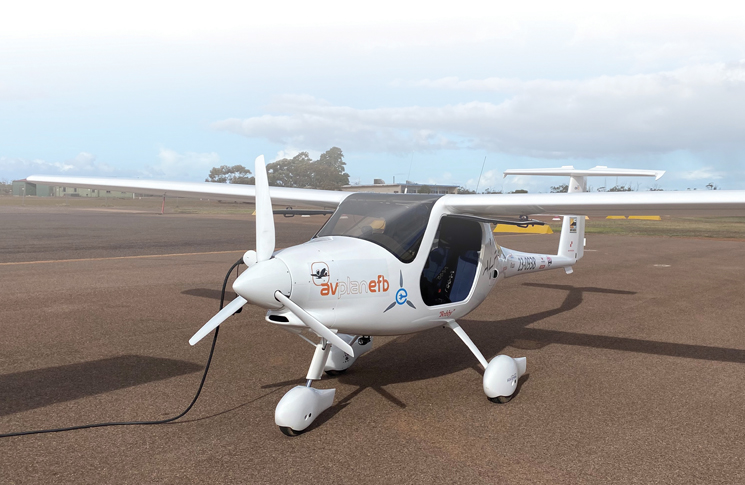
En route
Aircraft flight controls (rudder, stick and throttle) are the same, with some notable differences.
Fuel burn
Aircraft manuals typically recommend settings to achieve best fuel burn for speed, endurance or range; however, battery consumption is not linear and much is yet to be learnt about tweaking its power management in the same way that mixture/pitch/power is a big deal for combustion.
Also, in perfect weather and at a specific cruise speed, combustion fuel consumption rate would generally be predictable, regardless of fuel remaining, all the way to the bottom of the tank. However, as an electric trip progresses, remaining charge depletes slightly faster the lower the charge level as the voltage sags.
Regeneration
Unlike combustion propulsion, electric aircraft can regenerate some energy. Regeneration occurs when the propellor windmills; this could occur when the motor is idling in a steep approach. ‘It can regenerate up to 5% to 7% of the energy in that descent path,’ Portlock says. ‘Put another way, for every 15 to 20 go-arounds, you get a free go-around.’
Noise and vibration were considerably reduced, which meant pilot fatigue was significantly improved.
Noise, vibration, fatigue
Bradshaw flew 5 short flights over the course of a 10-hour day and noted noise and vibration were considerably reduced, which meant pilot fatigue was significantly improved. ‘I think this is an often-overlooked benefit – it is so smooth and the reduced noise is very noticeable,’ he says. The ability to hold a conversation in the cockpit without headphones led Bradshaw to say, ‘I wore an expensive ANC headset and did feel a bit of a fraud!’
Radio work also becomes less stressful in an electric aircraft. ‘Combustion engines have no end of trouble with induction noise on the intercom, from magnetos and the like, but with electric, there’s no static outside of the motor,’ he says.
Revolution or evolution
All-electric aircraft are being touted as the ‘aviation revolution’. That’s an attention grabbing headline but those in the know don’t see it that way. ‘It’s an evolution, the same as going from piston to turbine,’ Bradshaw says. ‘There are nuances and differences, but the same aeronautical considerations and thinking remain.’ Electric aircraft may well be ‘the next big thing’, but it is really only a step away from its predecessors and the next, next big thing.

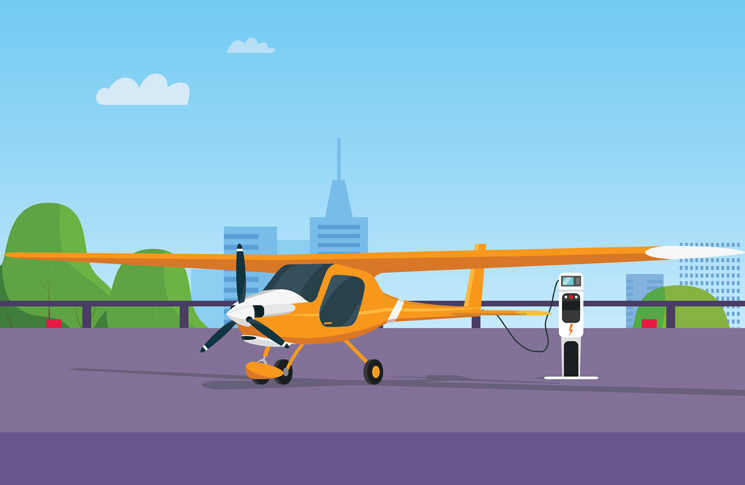
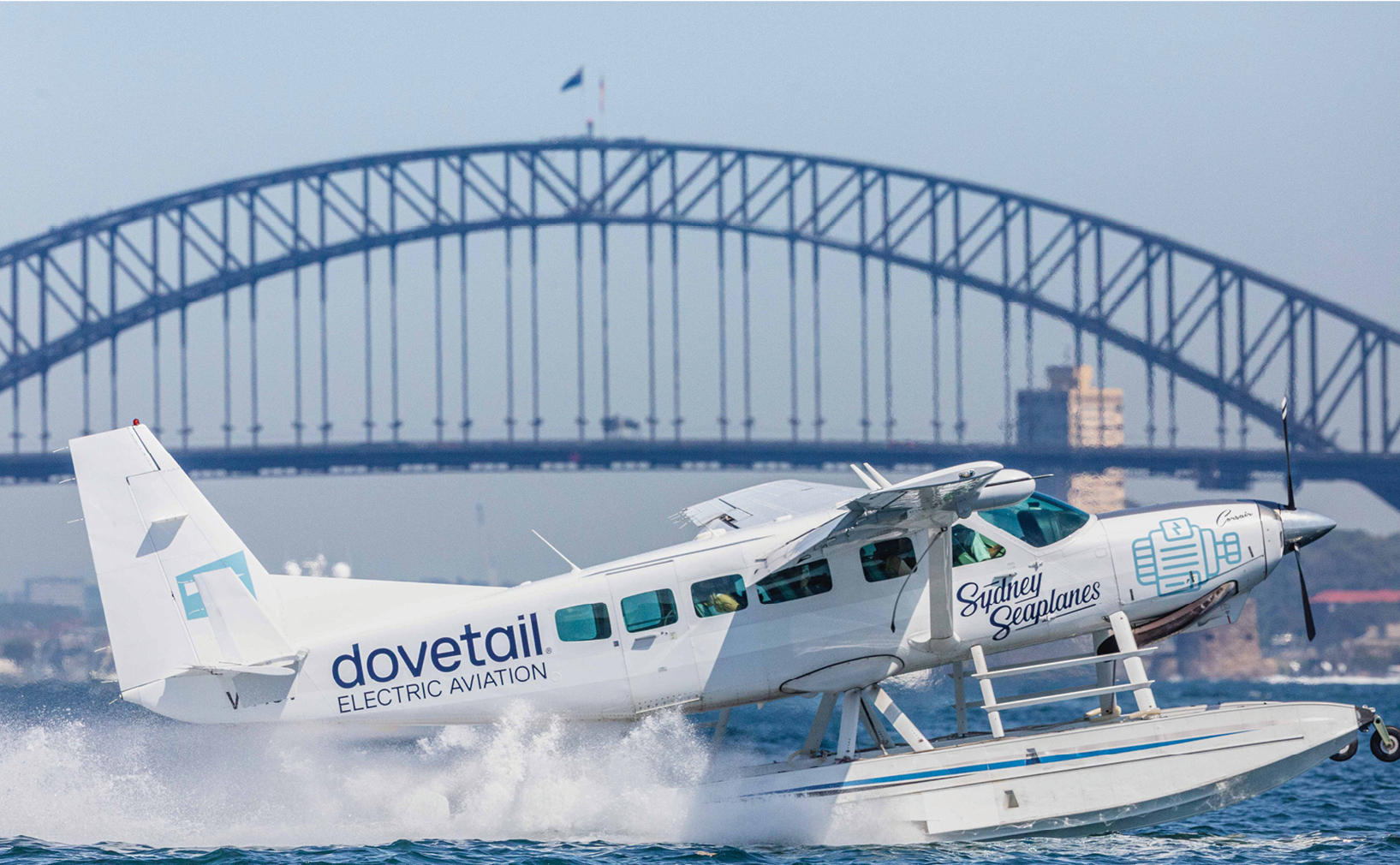
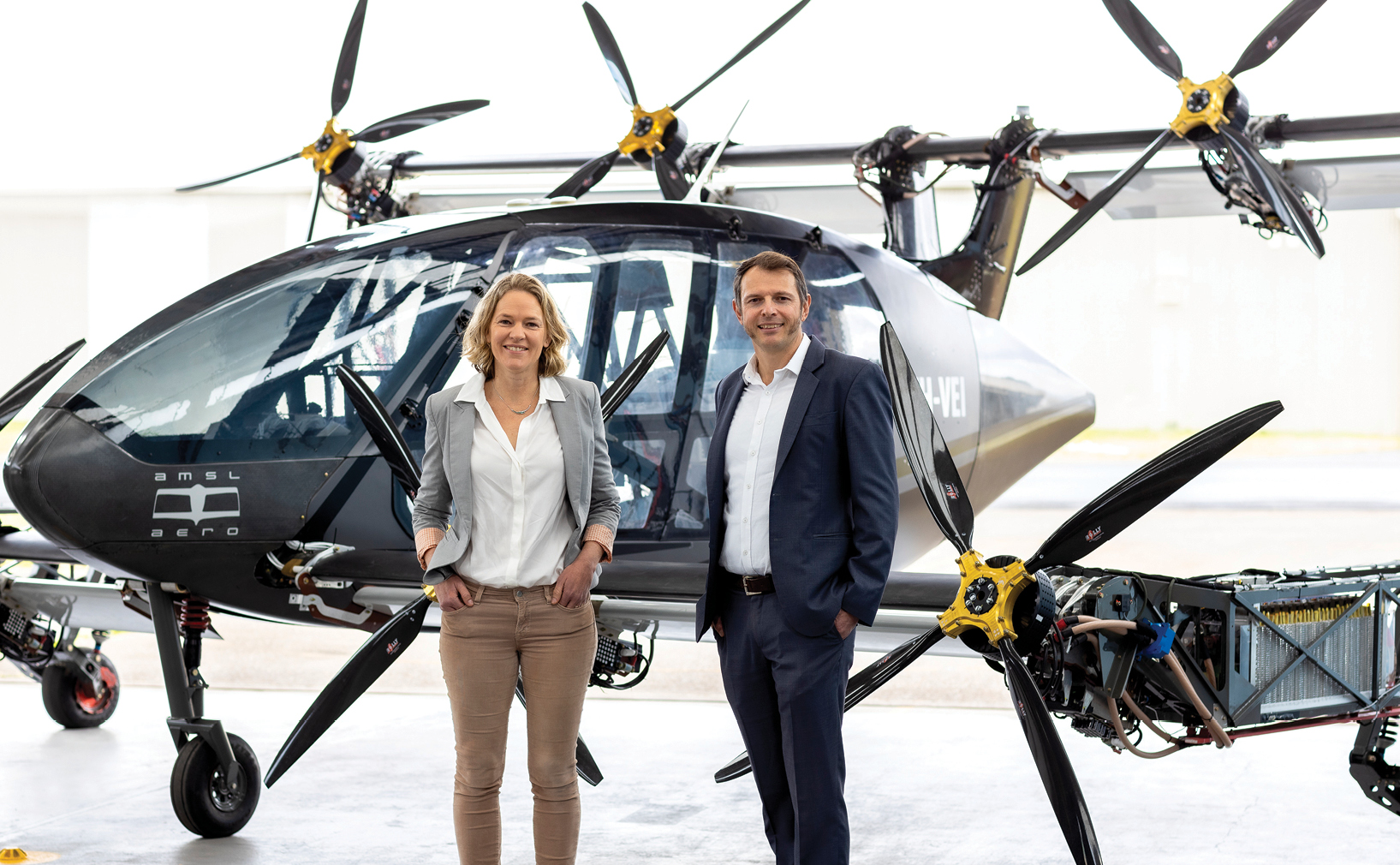
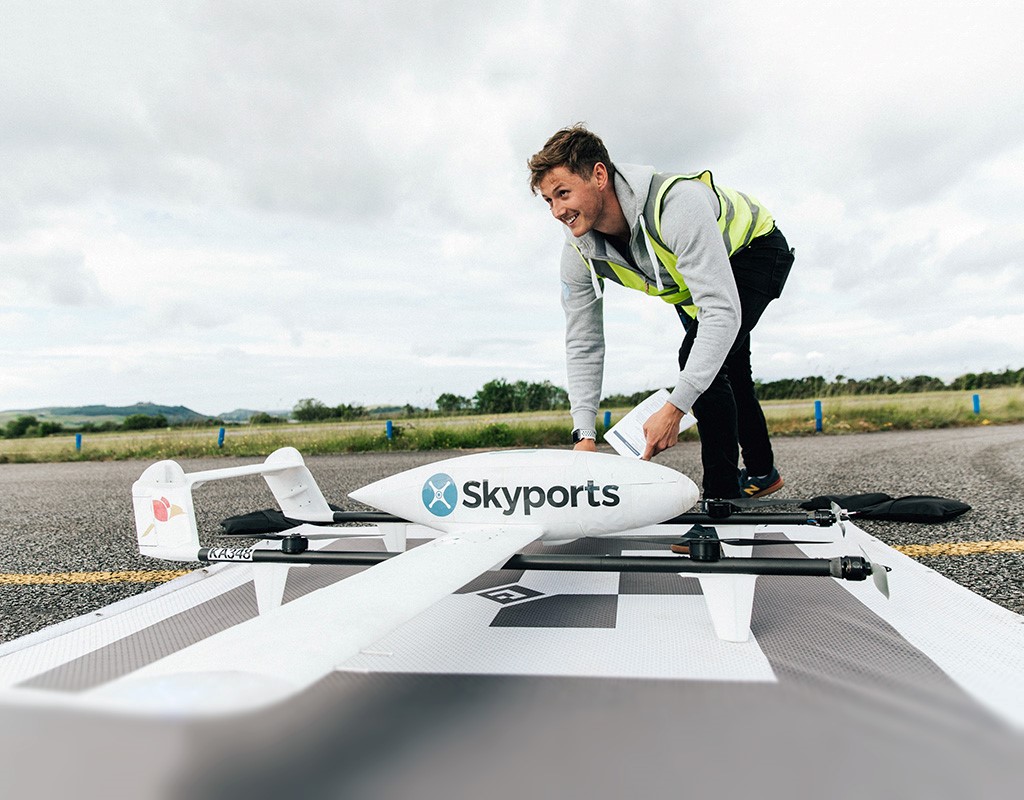

Comments are closed.